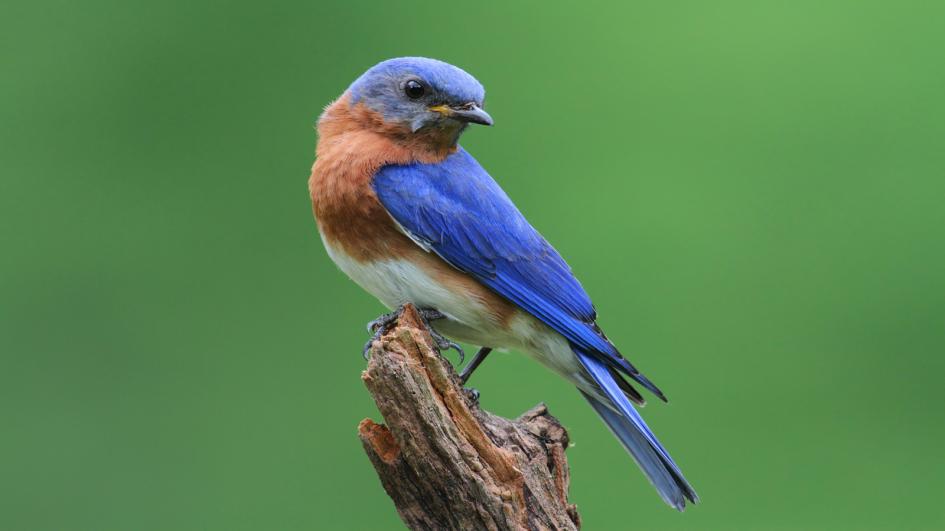Absent Eastern Bluebird: Land Ecology

European Starlings (invasive), House Sparrow (invasive), and Eastern Bluebird (absent)
Within New York forests, a number of invasive species of birds have begun to disrupt the habitats and behaviors of native species. Many of these effects can be seen right on Colgate’s campus. European starlings are an invasive species of bird that have adapted well to thriving in urbanized or otherwise disturbed environments. This is problematic for many native species of birds, who are not adapting as well to the effects of deforestation, agricultural expansion, and increasing development. The Eastern Bluebird, the New York State bird, is one such species that directly competes for nesting sites with European starlings. Both birds prefer to nest high up in hollow tree cavities. As forested areas disappear, starlings have been able to adapt and find nesting among buildings or other man-made structures, while the bluebird has generally seen a decline in recent years from its historical habitat range. Another invasive bird species, the House Sparrow, is also well adapted to nesting in developed areas. The sparrow tends to be aggressive and often drives out native birds from their original habitats, further putting pressure on species like the Eastern Bluebird.
Composition installed and designed by: Hannah Coles, Lauren Leonard, Paul Meyer
My name is Claudia Buszta, and I am an Environmental Geography major. I am working this year with Professor Haughwout on the 6th E Street project to illustrate how different organisms relate to each other within their ecological communities. Our focus is on regional ecosystems in New York State, identifying how native species interact with human activity. These summaries are meant to accompany the visualizations of the ecologies within the tunnels.